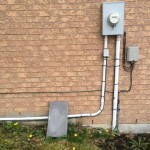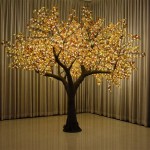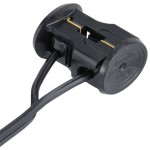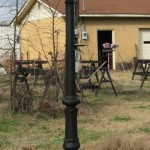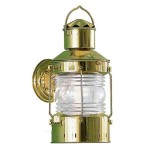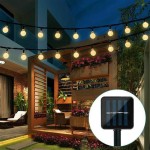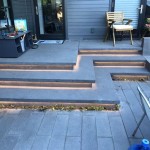Underground Wiring for Outdoor Lighting: Essential Aspects to Consider
Outdoor lighting can transform your home's exterior, enhancing safety, security, and aesthetic appeal. When it comes to outdoor lighting, the electrical wiring plays a vital role in the system's functionality and longevity. Underground wiring is often recommended for outdoor lighting, as it provides several benefits over overhead wiring, including improved safety, durability, and a more visually pleasing appearance.
Installing underground wiring for outdoor lighting requires careful planning and execution. Here are some essential aspects to consider:
Cable Selection
The type of cable you choose for underground wiring is crucial. Non-metallic UF cable, also known as underground feeder cable, is specifically designed for direct burial. It consists of insulated conductors protected by a moisture-resistant jacket. This type of cable is durable and resistant to damage from soil, moisture, and sunlight.
Depth and Trenching
To bury the cable safely, you need to dig a trench at an appropriate depth. The recommended depth for underground wiring is typically between 12 and 18 inches. Digging a narrow trench is ideal to minimize disruption to your lawn or garden. Use a trenching shovel or a mini excavator to create a clean and straight trench.
Wire Layout
Plan the layout of your outdoor lighting system thoroughly before burying the cables. Sketch out the location of fixtures, transformers, and any other components. Ensure that the cables are laid out in a way that provides adequate coverage and minimizes the need for unnecessary splices or connections.
Connections and Splices
When connecting wires underground, it is essential to do so properly to prevent water intrusion and ensure safety. Water-resistant wire connectors and underground splice kits should be used to create airtight seals. Wrap electrical tape around each connection for added protection.
Transformer Placement
Most outdoor lighting fixtures require a transformer to step down the voltage from household current to a safer level. Transformers should be placed in dry, accessible locations, such as inside a weatherproof box or underground enclosure. Connect the transformer to the main power source and the lighting fixtures using UF cable.
Safety Precautions
When working with electricity, safety should be a top priority. Wear proper protective gear, including gloves and safety glasses. Ensure that the work area is clear of obstacles and hazards. Use caution when digging near existing underground utilities, and contact your local utility provider for information on their location.
By following these essential aspects, you can install a safe, durable, and visually appealing underground wiring system for your outdoor lighting. Remember to exercise caution, seek professional assistance if needed, and enjoy the benefits of enhanced lighting and aesthetics in your outdoor space.

How To Install Outdoor Lighting And Solar Lights Garden

Outdoor Low Voltage Lighting Diy Family Handyman

How To Install Underground Electrical Wiring Pro Tool Reviews

Installation Help For Outdoor Lighting

Run An Underground Electrical Line Into The Garden To Power Outdoor Light Or A Pond Pump Here S Quickest And House Wiring Electricity

Can You Wire Outdoor Lights To A Plug

How To Install Outdoor Lighting And Diy Family Handyman

Planning Your Low Voltage Outdoor Landscape Lighting 1000bulbs Blog

How To Run Electrical Wiring Outside Family Handyman

Understanding The Nec Code For Outdoor Buried Electrical Wiring Super Bright Leds
